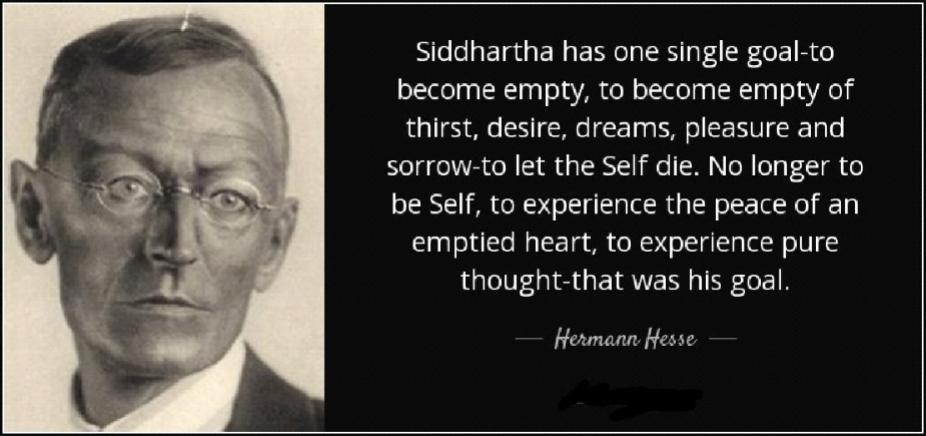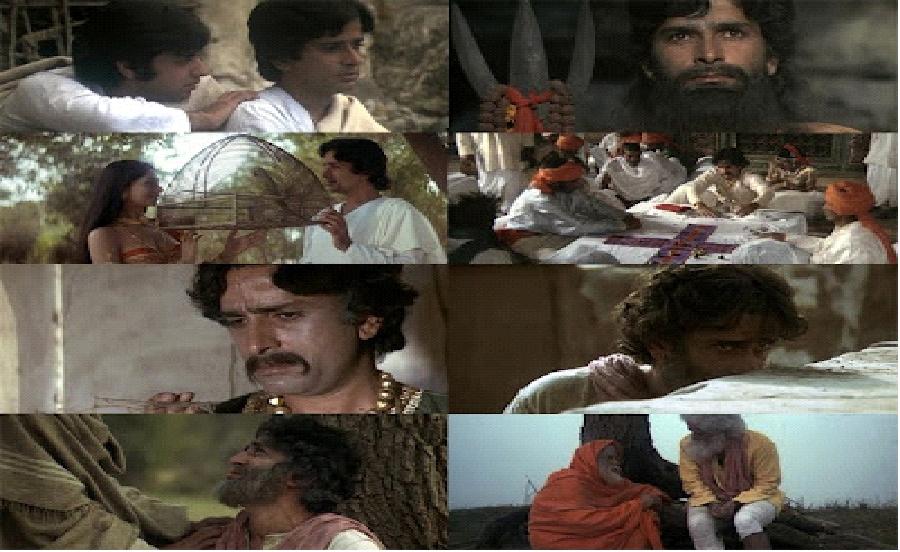
London, UK — Siddhartha is a novel published 1922 originally in german language and is written by german-swiss poet and nobel prize-laureate Hermann Hesse. The following comparison explores its difference and indifference towards its created moving image based on this written piece of art. The based-on-the-novel Film was released in 1972 as an Indo-American production directed by Conrad Rooks, for the cinematography was Sven Nykvist responsible, a two times Academy Award-winning Cinematographer, especially known for his close relationship with Film Genius Director Ingmar Bergman. In the novel, the main protagonist and title character Siddharta explores a range of topics as self-discovery and the contradictions between his own truth and what has been told and taught by his environment.

Going deeper into the roots of his soul, the imagery of his soul, the inner voice and film, he finds enlightenment and the infinite beauty of freedom, love and the magic of being free even if he is imprisoned in his physical body. He starts to understand and realize that everything in life is influenced by million ways of perceiving, of ideas, of ideology and beliefs, of light and darkness, of thousand colors, of a kaleidoscope created in the eye of a glimpse of seconds of is his own and human existence itself, in an impossible and endless universe. There is no right or wrong, the best way to deal with this seems impossible, seems to Siddharta in seizing and living constantly the moment itself, by trying to be aware, clear and balanced in his emotions and exploring the vision of himself always new in wonder and gratitude. Hesse delivers the Idea of Enlightenment in immersive stunning poetry, the sentences and words flowing together as the main symbol in the story, as he mentioned in the novel-“… the river is everywhere at once, at the source and at the mouth, at the waterfall, at the ferry, at the rapids, in the sea, in the mountains, everywhere at once, and that there is only the present time for it, not the shadow of the past, not the shadow of the future.”-the state of compos mentis, the outside images just passing by, the eyes are the projector to the screen and film of life, the way to the ultimate state of transcendence. The most rewarding and positive outcome from the adaptation is the word for word copy from the formulation, the wisdom and phrases as they are found in the novel, outspoken and delivered from the same characters.

This is significantly extraordinary especially for an audience that is familiar with the original source, the perfection of the construction of the rhythm remains in the screenplay in several occasions, that aesthetic script decision and faithfulness give the moving image at least in this case per se an acceptable performance to its root-vice versa, the problems with the film script are additional narratives that are drowning and negatively need to reflect on it because they can not live up to the prosaic identity of Hesse’s figurative language. It could be argued that additional monologues are needed to attach an audience that is not aware of the origin, but they are developed in a classical way of story development and overall damaging to the spirit, a missed out chance of the on-screen-adaption writers in charge. The Setting of the tale to eternal bliss and oneness is in both pieces to be found in India, both not more specifically named in an explicit area in the country of South Asia. Externally and with research it might be possible to be, someone deeper interested in the locations, come to guess the exact whereabouts, as the main character is passing a river, crosses the life of the spiritual teacher, religious leader, philosopher and namesake of the title character, Siddharta Gotama. But in retrospective viewing, the nameless paths, gardens, rivers and all other settings that are mentioned in the book or to be shown visually in the film are a welcoming and perfectly arranged artifice that fulfills the timeless idea that awakening can be found everywhere and right now. Critically to be recognized towards the 1972s version is that the visual aesthetic could have developed far better colourisation and set designs of the different stages during Siddhartha’s life to underline his soul stages, his slow path to his true nature towards the light, to develop a more visualized structure of it.
Phoenix Melville is a British-French director, writer and artist.
https://www.phoenixmelville.com/
Transcendentia Image 2022
Company Name : Transcendentia Film
website www.phoenixmelville.com
email [email protected]
location england



Comments